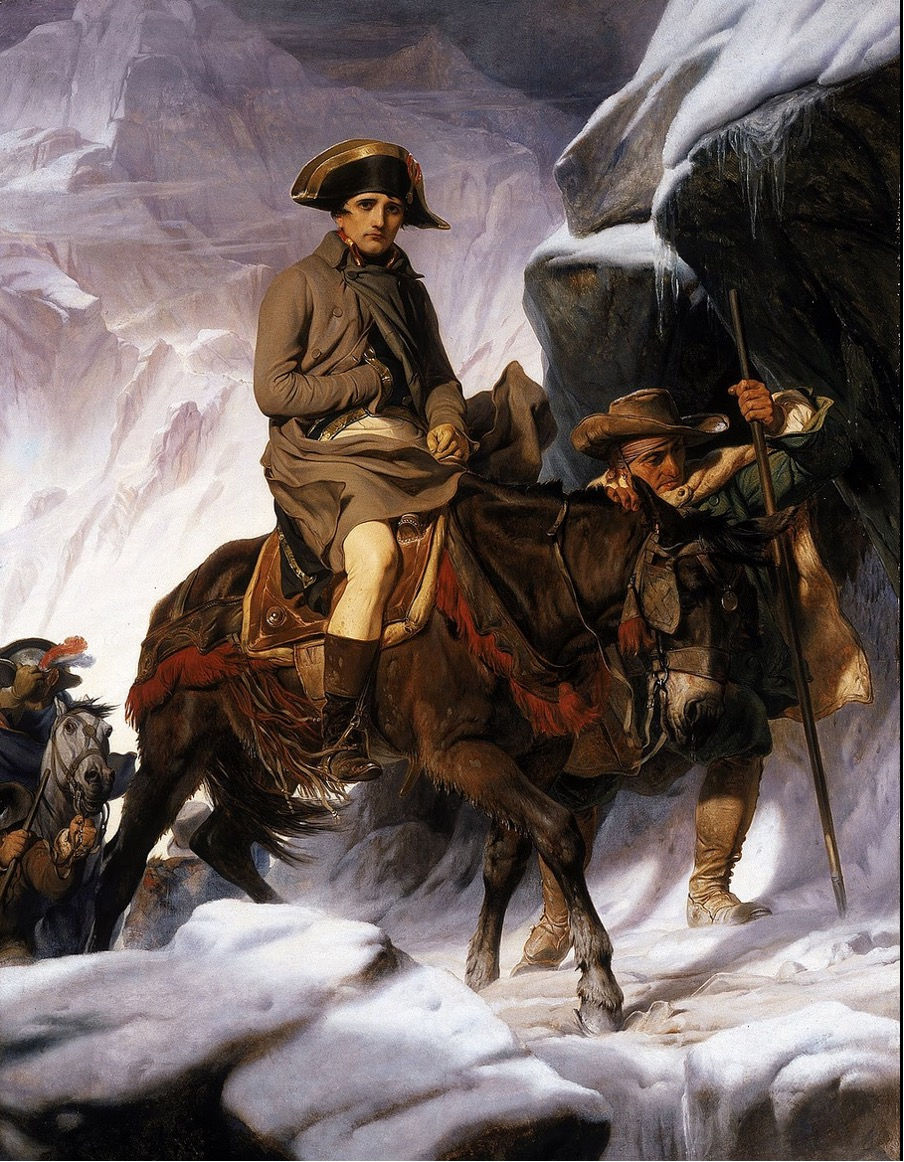Context and Meaning
- Peta Tranquille

- Apr 8, 2022
- 3 min read
by Peta Tranquille
Last week we touched on the subject of Contemporary Art and the context when viewing or creating artwork. We mentioned a Rothko quote that pointed out the importance of this. This week to look further into context and meaning, we will focus on a few different types of context.
ARTIST'S CONTEXT Each artist has a different story to tell, which can be reflected in their work, whether it is subtle or a significant feature. It could be based on how they see the world in a cultural, religious, or geographical way. For example, Brook Andrew, an accomplished and celebrated Indigenous Artist, explores issues of racism, consumerism, and cultural history, and knowing this alters the way that the artwork is digested. Beach (Blue Sun) is an example of how Andrew’s cultural aspects create a deeper and more meaningful perspective on how the artwork is interpreted.

Brook Andrew, 2018. Beach (Blue Sun). Linen, ink and acrylic paint. 188.5 x 188.5 x 5 cm. https://www.nathalieobadia.com/artists/25-brook-andrew/works/9374-brook-andrew-beach-blue-sun-2018/
VIEWING CONTEXT How, why, and where artwork is located impacts the way it is viewed. These factors determine how the work is understood. However, the viewer's opinion or possible connection to the subject matter can alter how it is interpreted. For instance, an object as simple as an apple can be interpreted in many different ways, depending on whether it is viewed, for example, by a teacher, a computer geek or someone religious. The Son of Man, by René Magritte, has been interpreted in many ways, and if you’d like to read more about it, click here.

René Magritte, 1964. The Son of Man. Oil on canvas. 116 x 89 cm.
SOCIAL CONTEXT Social context refers to the time and the effects of social conditions and what is occurring in our surroundings. This can range from political issues to awareness of a social problem, an event, or something you might find in the media or community. One example of how an artist can raise awareness of a social issue can be seen in Invisible Homeless, a glass sculpture that artist Luke Jerram created. It is a life-size glass sculpture of a person sleeping under a blanket, on cardboard, and was his way of raising awareness of the invisible homeless people in the UK. Jerram’s stated, “For every person you see sleeping on the streets, many others are sleeping in hostels, squats etc.” Click here to read more about the work.

Luke Jerram’s, 2015. Invisible Homeless. Glass sculpture. https://www.sciencedirect.com/science/article/pii/S2590332221000567
HISTORICAL CONTEXT
The simplest way to describe this type of context is when artwork depicts an object, idea, experience, or reference to something of historical meaning. When referring to artwork with historical context, it is hard to avoid a series of paintings about one particular event. The historical event of Napolean Bonaparte’s crossing the Alps was portrayed in five ways. The first, painted in 1801, Napolean Crossing the Alps by Jacques-Louis David, Napoleon was painted in very theatrically.

Jacques-Louis David, 1801. Napoleon Crossing the Alps. Oil on canvas. 261 cm × 221 cm.
Three of the five were similar to this version but nearly 50 years later, Paul Delaroche was commissioned to paint a more realistic depiction of the event. Bonaparte Crossing the Alps is far from the overdramatized painting by David. To view the other versions of the same event, click here.

Paul Delaroche, 1850. Bonaparte Crossing the Alps. Oil on canvas. 289 x 222 cm. https://artsandculture.google.com/asset/napoleon-crossing-the-alps-pauldelaroche/cwF8_mSi8tlbXw?hl=en







Comments